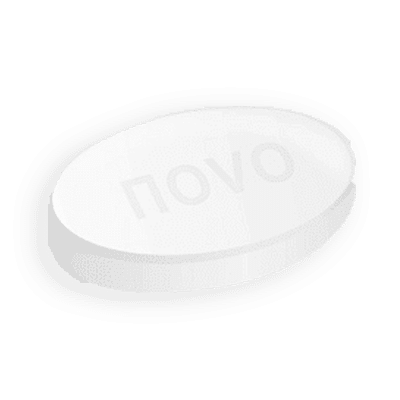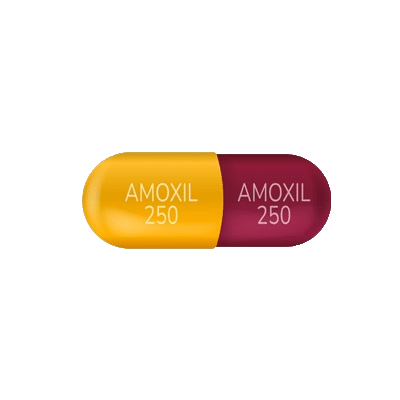Minomycin helped me to cope with a long-term skin infection that I could not get rid of with other means. There were some minor side effects, but they were not worth the effect of the drug.

Minomycin
- Discreet shipping
- Pay with crypto
- Quality products
- BTC,
- ETH,
- USDT,
- USDC
What is it?
Minomycin is an antibiotic from the tetracycline group, based on the active substance minocycline. It is used to treat various bacterial infections, including respiratory, skin, genitourinary and eye infections. Minocycline works by inhibiting protein synthesis in bacterial cells, which prevents their reproduction and helps fight infection. The drug is effective against a wide range of bacteria, but its use should be based on the results of sensitivity tests. Before starting treatment with Minomycin, you should consult a doctor to assess the indications and possible contraindications.
Frequently asked questions
Composition
The composition of the drug Minomycin includes the active substance minocycline in the form of hydrochloride, which is the main component that provides its antibacterial effect. This ingredient actively fights bacteria, blocking their ability to multiply and cause infections. In addition, the composition contains excipients that serve to stabilize the formula and ensure ease of use. Typically, these are substances such as magnesium stearate, starch and dyes that give the capsules a certain color. These components rarely cause side effects, but the list should be checked for individual intolerance.
How to use?
Minomycin should be used strictly as prescribed by a doctor, as it is an antibiotic with a targeted effect. Correct use of the drug is important to achieve a therapeutic effect and prevent the development of resistance in bacteria. Capsules should be taken orally with a sufficient amount of water. To prevent irritation of the esophagus, it is recommended to avoid a horizontal position for 30 minutes after taking. The optimal time for taking is 1-2 hours after eating to improve absorption of the active substance.
- Take Minomycin capsules with plenty of water.
- Avoid taking a horizontal position for 30 minutes after taking.
- Take 1-2 hours after eating to improve absorption.
How does it work?
Minomycin works thanks to its active ingredient minocycline, which belongs to the group of tetracycline antibiotics. It has a bacteriostatic effect, which means that it stops the reproduction of pathogenic microorganisms by disrupting their protein synthesis. This leads to inhibition of bacterial growth, after which the bodys immune system completes their elimination. The drug is effective against a wide range of bacteria, including gram-positive and gram-negative species. This makes it a universal remedy for the treatment of infections such as acne, respiratory tract inflammation, genitourinary infections, etc. Minomycin also demonstrates high resistance to enzyme destruction, which ensures long-term action after administration.
Indications
Minomycin has a wide range of indications due to its broad antibacterial spectrum. This makes the drug valuable in the treatment of various infectious diseases caused by susceptible microorganisms. Minomycin is prescribed for respiratory tract infections such as bronchitis or pneumonia caused by bacteria resistant to other antibiotics. The drug is also effective in skin infections, including severe forms of acne. It is used in the treatment of genitourinary infections, eye infections, and some forms of bacterial meningitis.
- Respiratory infections such as bronchitis and pneumonia.
- Skin infections, including severe forms of acne.
- Genitourinary infections and eye infections.
- Some forms of bacterial meningitis.
Contraindications
Despite the effectiveness of Minomycin, its use has certain limitations. The drug is contraindicated in patients with an allergy to minocycline or other tetracycline antibiotics. It should be prescribed with caution to people with severe liver or kidney disease, as this may affect the metabolism and excretion of the drug. Minomycin is contraindicated in children under 8 years of age due to the risk of damage to tooth enamel and bones. The drug is also not recommended for pregnant and lactating women, as it may adversely affect the development of the fetus or child.
- Allergy to minocycline or other tetracycline antibiotics.
- Severe liver or kidney disease.
- Children under 8 years of age.
- Pregnant and lactating women.
Side effects
When taking Minomycin, side effects are possible, as with any antibiotic. These can range from mild to severe and require attention. The most common reactions include gastrointestinal upset, such as nausea and diarrhea. Allergic reactions, such as rash or itching, are also possible.
In addition, dizziness and increased sensitivity of the skin to sunlight may occur. These side effects require dosage adjustments or a change in medication. In rare cases, more serious side effects occur, such as increased intracranial pressure, which requires immediate medical attention.
- Gastrointestinal disorders (nausea, diarrhea).
- Allergic reactions (rash, itching).
- Dizziness.
- Increased sensitivity of the skin to sunlight.
- Rare cases of increased intracranial pressure.
Minomycin Reviews and Experiences
I took Minomycin as prescribed by my doctor for bronchitis and after a few days I felt a significant improvement. Although it had to be taken with caution due to early liver problems.
I often faced the problem of acne, and Minomycin became a real salvation. I followed all the recommendations for taking it and avoided unwanted reactions, although some minor stomach problems appeared.



